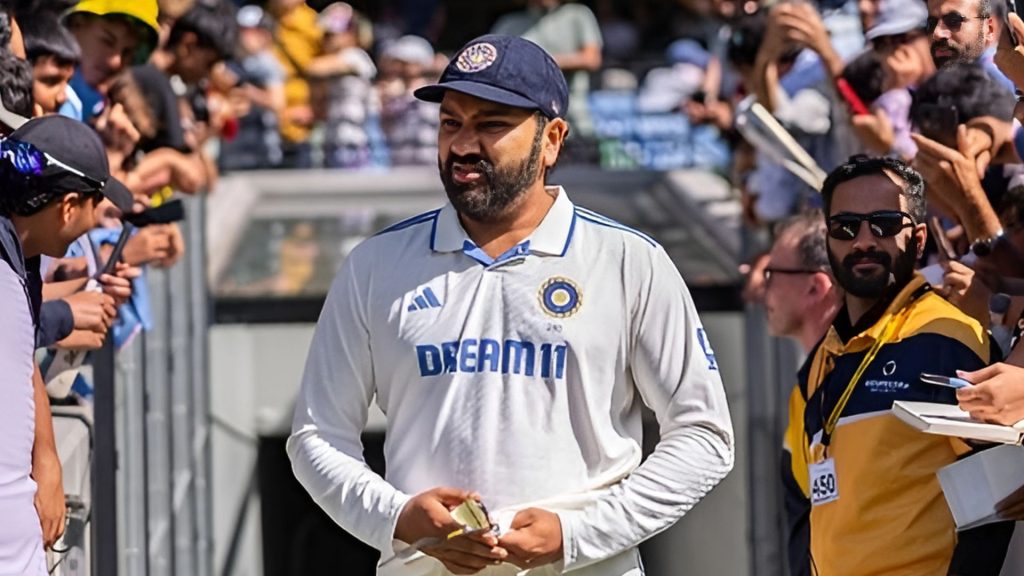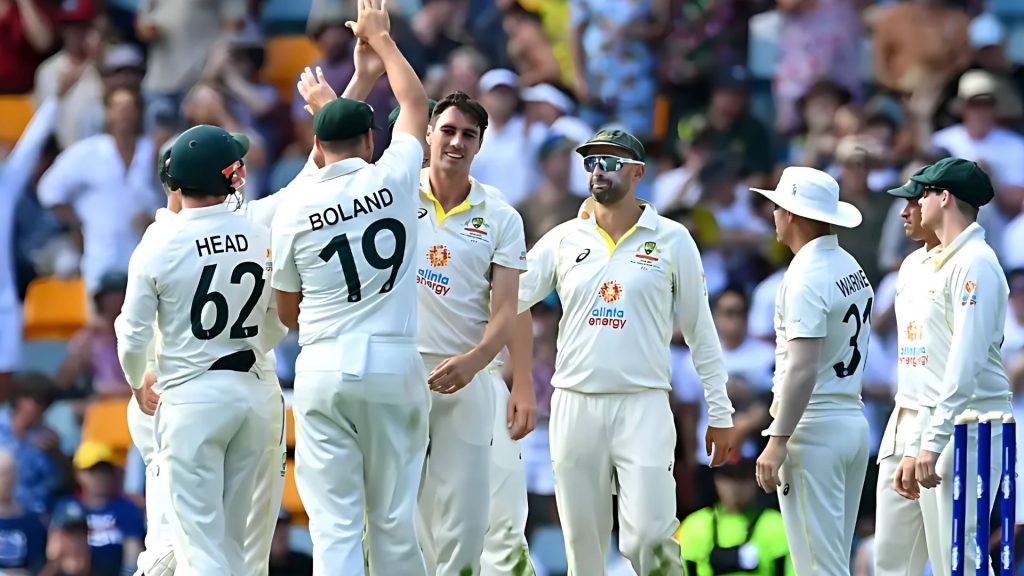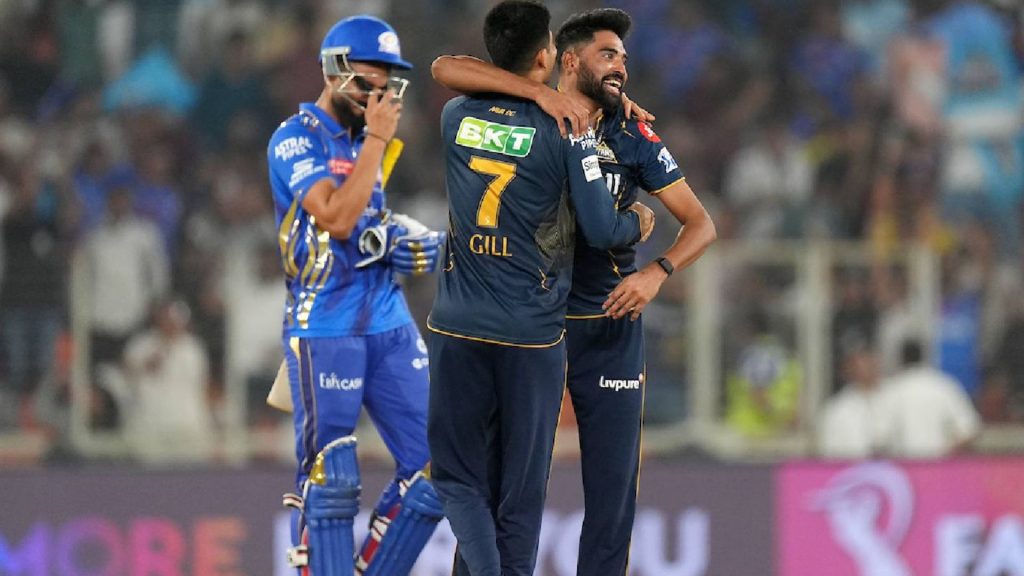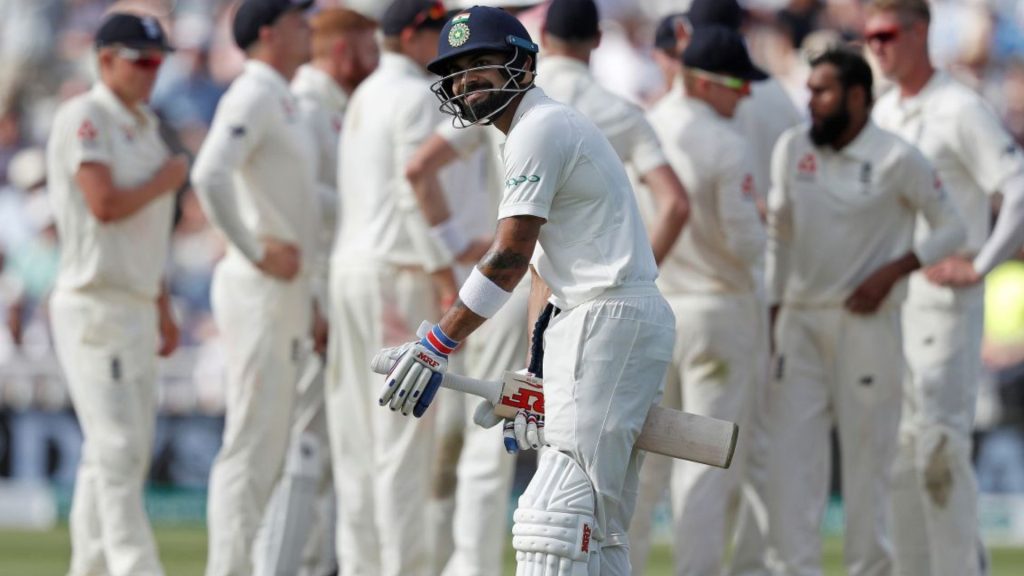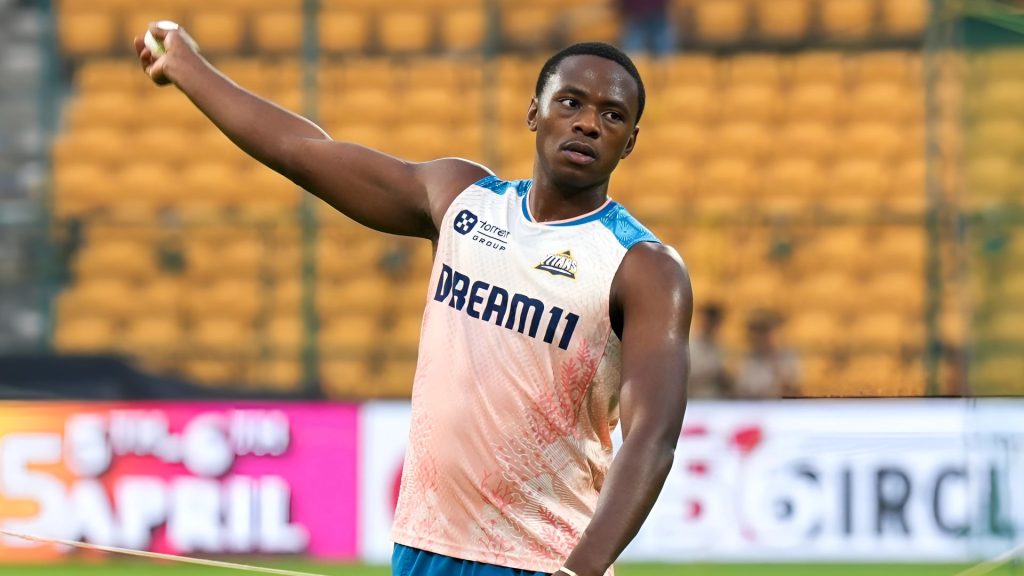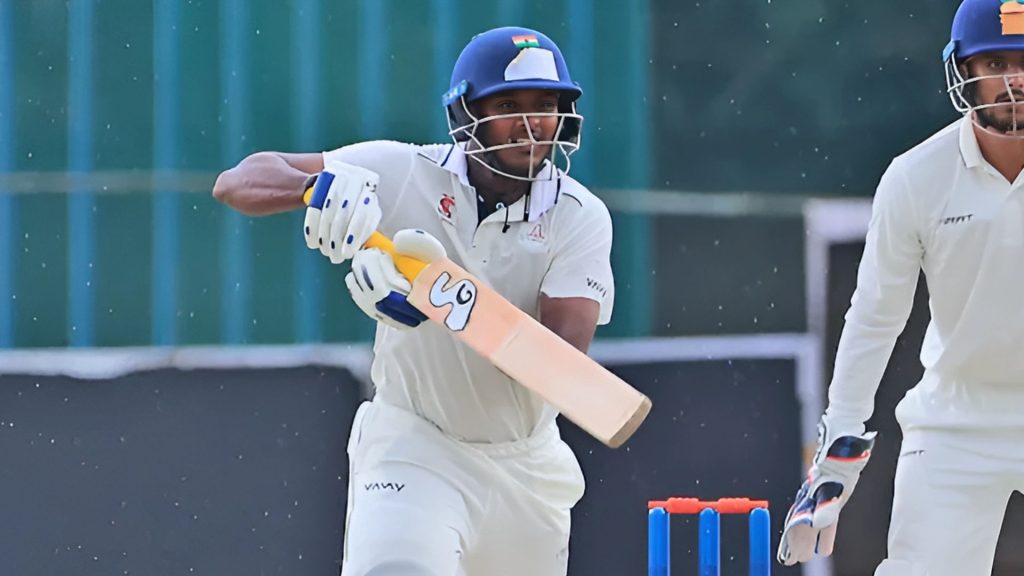Cricket, a sport synonymous with grace, power, and precision, also harbors a lesser-discussed side – the potential for injuries. While cricketers showcase breathtaking skills, some shots carry a higher risk of injury due to the mechanics involved, the physical demands, or the unpredictability of the ball’s behavior. Here, we delve into the top five most injury-prone cricket shots, analyzing their risks and impact on the game.
- The Pull Shot: Often a crowd-pleaser, the pull shot involves a dynamic movement where the batsman swings across the line of a short-pitched delivery. This aggressive shot requires the batsman to get into a crouched position and swing with force, exposing the lower back and hamstrings to significant stress. The rapid rotation of the torso and the high speed of the bat can lead to muscle pulls and even stress fractures, particularly in the lower back. Players like Andrew Flintoff and Stuart Broad have suffered from back injuries, partly attributed to the repetitive strain from pull shots.
- The Hook Shot: A cousin to the pull, the hook shot targets balls at head height. It demands a more pronounced duck and swing, increasing the risk to the upper body, especially the neck and shoulders. The contorted body posture and the powerful swing necessary to dispatch the ball over fine leg can strain shoulder muscles and rotator cuffs. Players such as David Warner have been known to nurse shoulder injuries, partly due to the demands of this shot.
- The Reverse Sweep: Innovative but risky, the reverse sweep requires a batsman to change their stance, aiming the ball behind square on the off-side. This shot involves a twist in the body that isn’t natural to the game’s conventional batting stance. The unusual twisting motion, combined with the force required to sweep the ball, puts immense pressure on the knee joints and can lead to ACL injuries. Kevin Pietersen, a master of the reverse sweep, has himself faced knee troubles throughout his career.
- The Slog Sweep: A powerful shot aimed at clearing the boundary, the slog sweep demands a lot from the lower body. The batsman sweeps across the line, often while getting down on one knee, which not only tests the flexibility of the hamstrings but also puts the knee under considerable stress. Players like Chris Gayle, known for his big-hitting slog sweeps, have had their share of knee and hamstring issues.
- The Dilscoop: Named after its innovator, Tillakaratne Dilshan, this shot involves a crouched stance with a flick of the wrists to guide the ball over the wicketkeeper. While aesthetically pleasing, the unnatural body position and the effort to flick the ball fine can lead to wrist injuries. The sudden jerk and twist in the wrist to execute this delicate shot can strain tendons, potentially leading to long-term damage.
Understanding these risks, modern cricket has seen an evolution in training methods to mitigate them. Strength and conditioning coaches focus on enhancing flexibility, building core strength, and improving reactionary muscle memory to reduce the impact of these shots on the body. Innovations like biomechanical analysis help in tweaking techniques to minimize injury risks while maintaining effectiveness.
For players and fans alike, the thrill of these shots is undeniable, yet the specter of injury looms large. As cricket continues to blend tradition with innovation, the focus on player safety and longevity will hopefully steer the game towards safer, albeit equally exciting, expressions of the sport. Through preventive measures, better training, and perhaps, a touch of restraint, these injury-prone shots can be enjoyed for their beauty without the constant fear of the medical tent.
